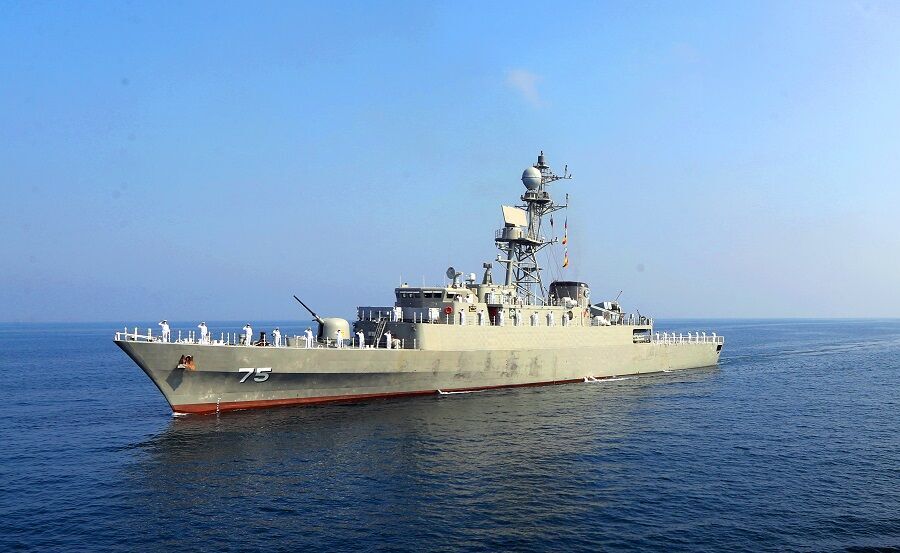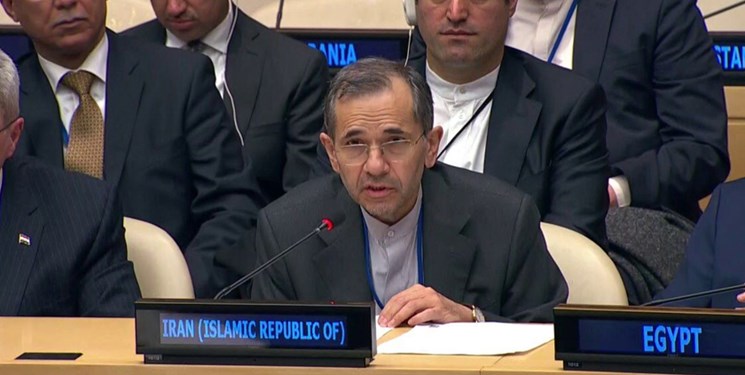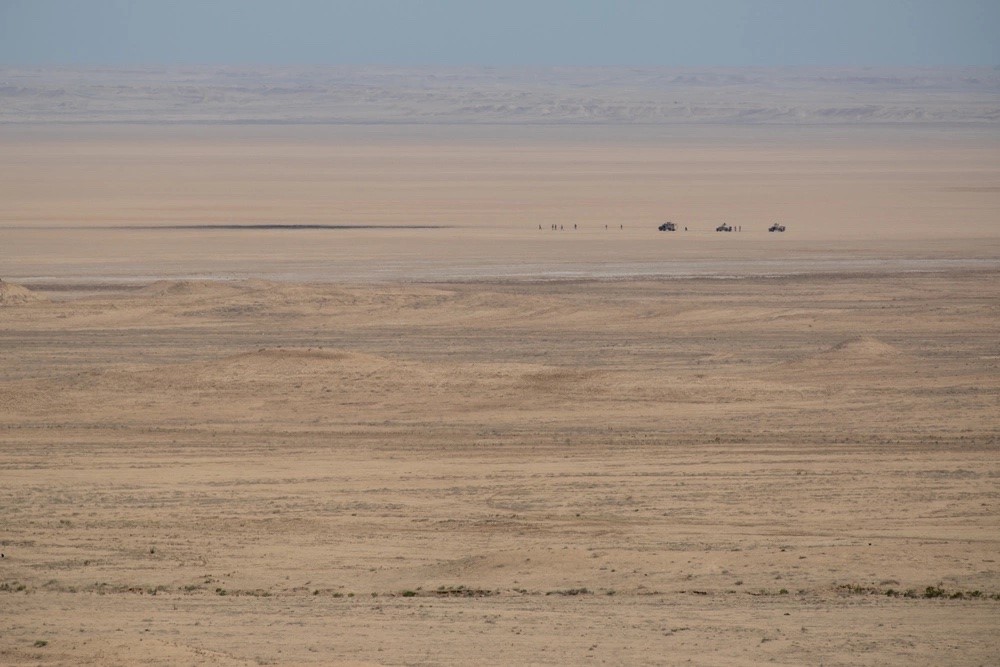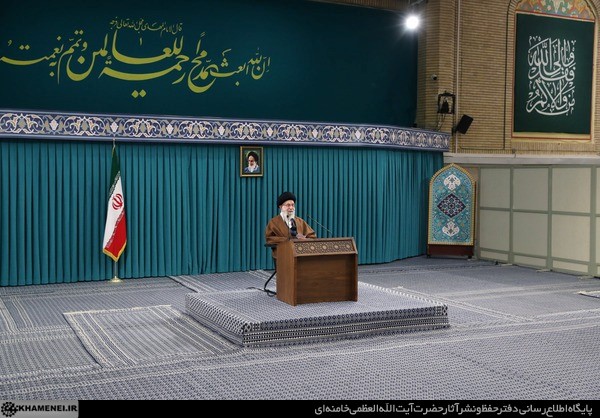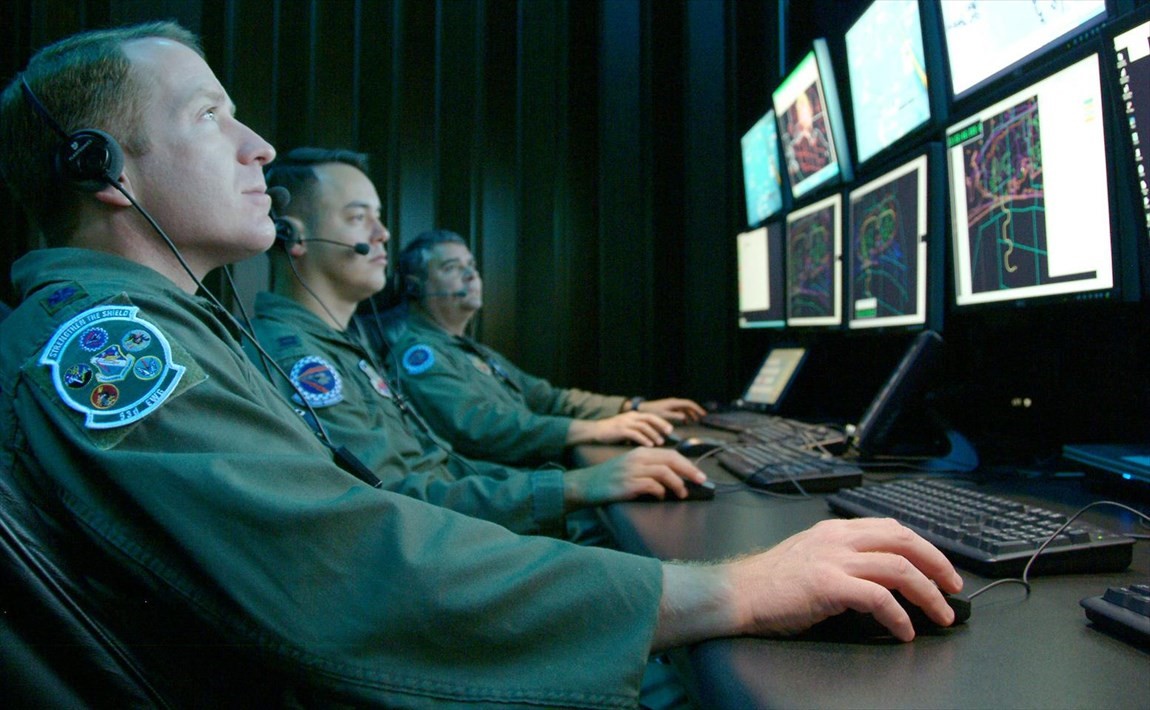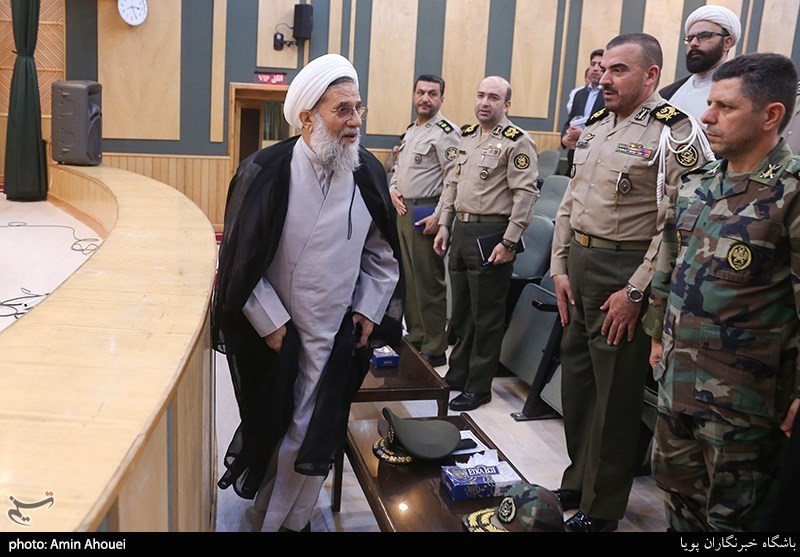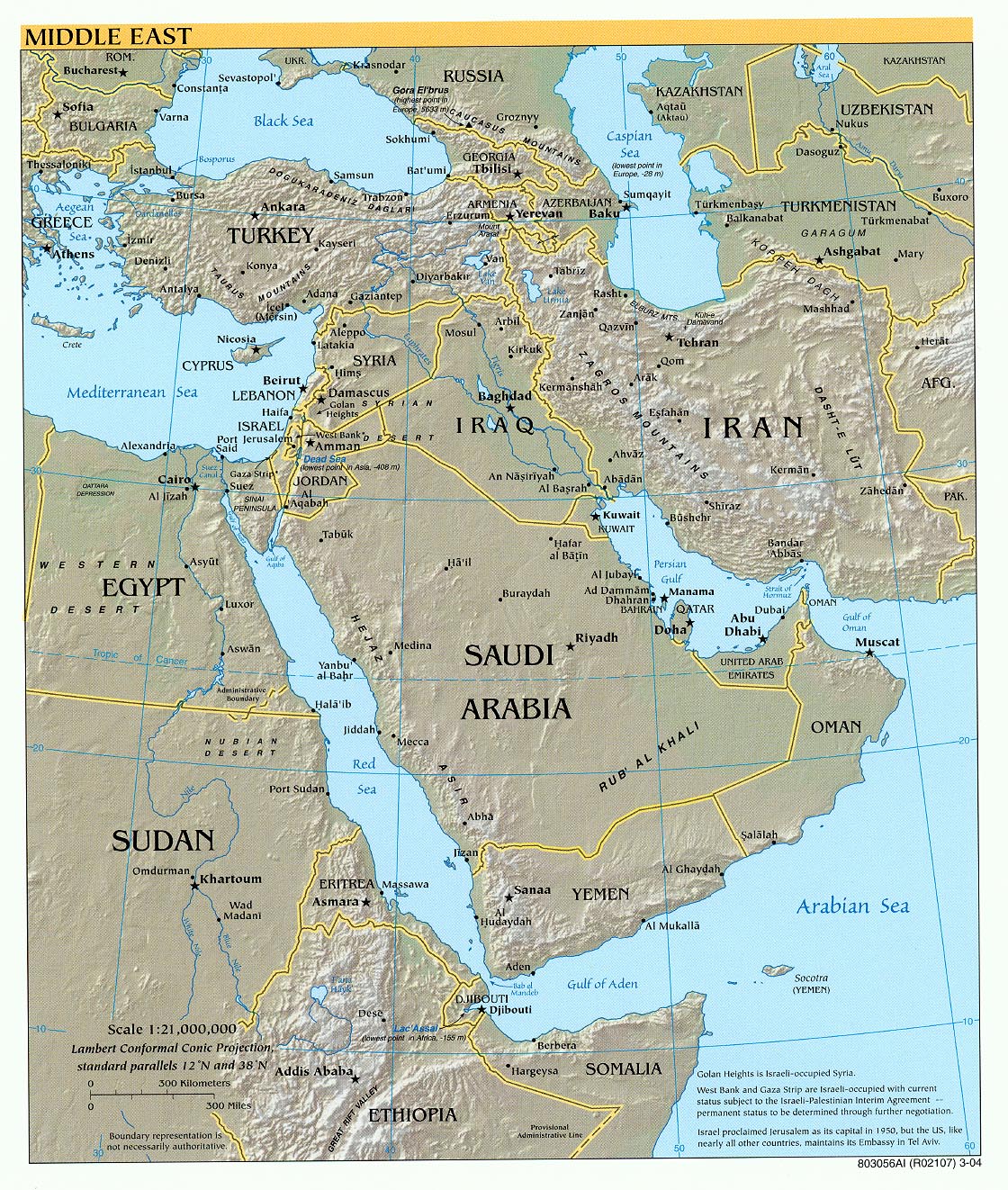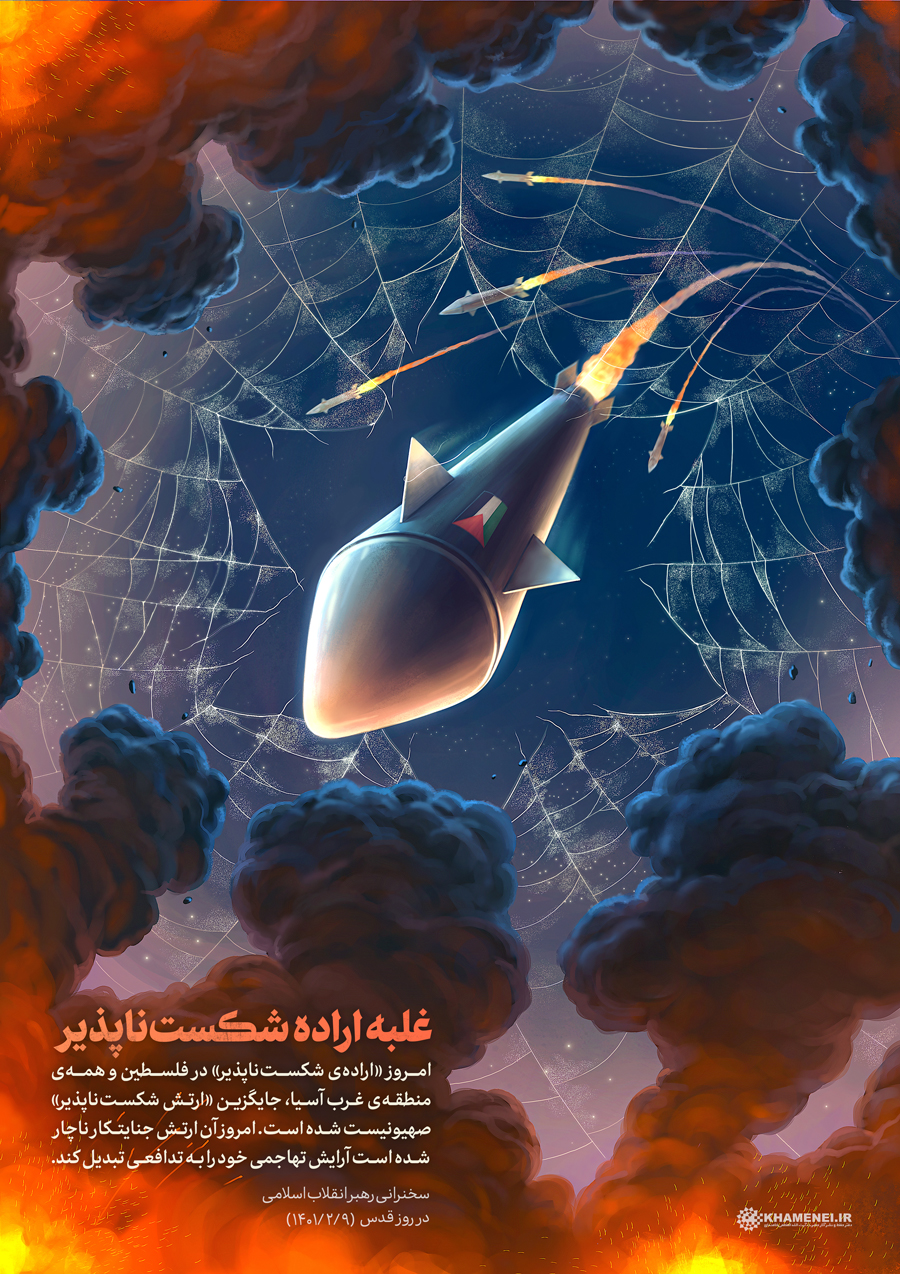
Poster from Supreme Leader Ali Khamenei’s webpage celebrating Palestinian “resistance” against Israel.
“The Resistance fights against international terrorism.”
During his annual Qods Day speech, Supreme Leader Ali Khamenei doubled down on the necessity to support regional “resistance” against not only Israel but also the United States and its allies. The Iranian government labels terrorist actions as “resistance” and in recent years, in addition to Palestinian “resistance,” other regional groups such as Lebanese Hezbollah, Iraqi militias, and the Yemeni Houthis have also taken center stage on Qods Day. In his televised address, excerpted here from his official webpage, Khamenei.ir, Khamenei argues that most Palestinians in the West Bank, Gaza, and Israel proper, i.e., “the 1948… lands,” support Palestinian attacks. This directly contradicts core assumptions shaping Western policymaking, but suggests that Iran claims it has popular approval to support and sponsor attacks against Israel, such as the sharp increase in stabbing attacks in Israeli towns and cities in recent months within the 1949 armistice lines. Khamenei also contextualized Iranian support for Palestinian “resistance” within the greater fight for control in Lebanon, the battle against the Islamic State in Syria, and the fight against Americans in Iraq. Khamenei is claiming wide victory for Iranian policy, a fact that he will probably use to double down on further rejectionism of Israel and an active U.S. role in the Middle East in coming years. Any hope that Western diplomacy might lead to a change in Iranian behavior seems doubtful so long as Khamenei remains at Iran’s helm.
Source:
“Sokhanrani Televisiyon beh Monisabat Roz-e Jihani Qods (Televised Speech on the Occasion of World Qods Day),” Khamenei.ir (Khamenei’s official website), 29 April 2022.
Resistance has been the Most Blessed Phenomenon
Polls show that almost 70 percent of the Palestinians in the 1948 and 1967 lands and in the surrounding camps encourage the Palestinian leaders to carry out attacks on the Zionist regime. This is an important phenomenon because it signifies the complete preparedness of the Palestinians to confront the usurping regime and it provides the mujahid organizations with the freedom to take military action whenever they deem necessary.
The jihadi moves of the people of Palestine in the two northern and southern parts of the 1948 lands, and at the same time, the massive rallies in Jordan and Eastern Quds, the brave defense of the Al-Aqsa Mosque by Palestinian youth, and the military maneuvers in Gaza indicate that all of Palestine has turned into an arena of resistance. At present, the people of Palestine are unanimous about continuing this struggle on the path of God….
The formation of the Resistance in West Asia has been the most blessed phenomenon in this region in recent decades. It was the magnificence of the Resistance that was able to cleanse the occupied territories of Lebanon of the pollution of the Zionists, pull Iraq out from the clutches of the Americans, save Iraq from the maliciousness of the Islamic State, and assist Syrian defenders in the face of the U.S. schemes. The Resistance fights against international terrorism, helps the resistant people of Yemen in the war that has been imposed on them, wrestles with the Zionist usurpers in Palestine and will bring them to their knees with God’s grace….The Islamic Republic of Iran advocates and supports the camp of Resistance. It advocates and supports the Palestinian Resistance. We have always said this, we have always acted on this, and we have stood by it.
Image Information:
Image: Poster from Supreme Leader Ali Khamenei’s webpage celebrating Palestinian “resistance” against Israel.
Source: Khamenei.ir
https://tinyurl.com/2p96j56z
Attribution: none

